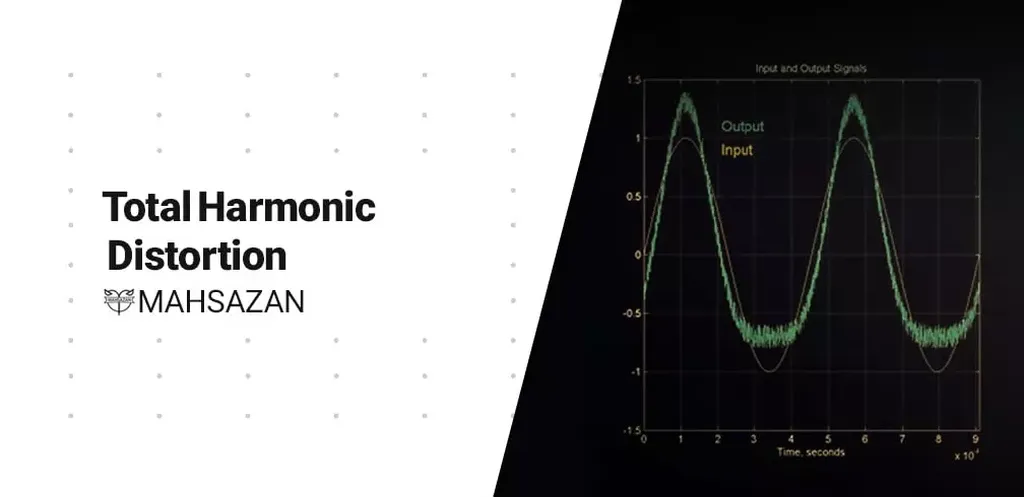In the quiet hum of our daily lives, a silent revolution is taking place—LED lighting has become ubiquitous, promising energy efficiency and cost savings. Yet, as Noor Awad Assi, a researcher from the University of Mosul, reveals in a recent study published in the *Nanyang Technological University Journal of Engineering and Technology*, this shift is not without its challenges. The widespread adoption of LED lighting fixtures, particularly those using single-phase rectifiers, is introducing significant harmonics into our power distribution systems, potentially destabilizing the very grids that power our modern world.
Assi’s research delves into the often-overlooked consequences of increasing capacitance values in rectifier-based LED lighting fixtures. “Higher capacitance values are crucial for reducing DC voltage waveform ripple, but they come at a cost,” Assi explains. “Our analysis shows that as we increase the capacitance to smooth out the voltage, the quality of the input power supply deteriorates significantly.” This deterioration is measured through total harmonic distortion (THD) and power factor, both critical indicators of power quality.
Using MATLAB/Simulink simulations, Assi and her team investigated the AC/DC converter circuit and its associated load. They found that as the output ripple voltage decreased from 307 V to 64 V using a capacitor filter of 1500 µF, the THD in the input current surged to approximately 134%, with a power factor plummeting to 0.5. These findings underscore the delicate balance between achieving smooth DC voltage and maintaining high power quality.
The implications for the energy sector are profound. Harmonics can cause overheating in transformers, interfere with communication systems, and lead to equipment malfunctions. As Assi notes, “The impact of these harmonics on distribution networks cannot be ignored. It’s a growing problem that needs immediate attention.” For utility companies, this means investing in advanced power quality solutions and potentially redesigning distribution networks to accommodate the increasing prevalence of LED lighting.
The research also highlights the need for innovation in LED lighting design. Manufacturers may need to reconsider the trade-offs between ripple voltage reduction and harmonic distortion, exploring alternative filtering techniques that minimize the adverse effects on power quality. “This is a call to action for both researchers and industry professionals,” Assi states. “We need to collaborate to develop solutions that ensure the benefits of LED lighting are not overshadowed by its impact on our power grids.”
As the energy sector grapples with these challenges, Assi’s work serves as a crucial reminder of the interconnectedness of technology and infrastructure. The shift to LED lighting is just one example of how technological advancements can have unintended consequences. By addressing these issues head-on, we can ensure a sustainable and efficient energy future.
In the end, Assi’s research is more than just a technical analysis; it’s a wake-up call for the energy sector to adapt and innovate. As we continue to embrace new technologies, we must also be vigilant about their broader impacts, ensuring that our quest for efficiency does not come at the cost of stability and reliability.

